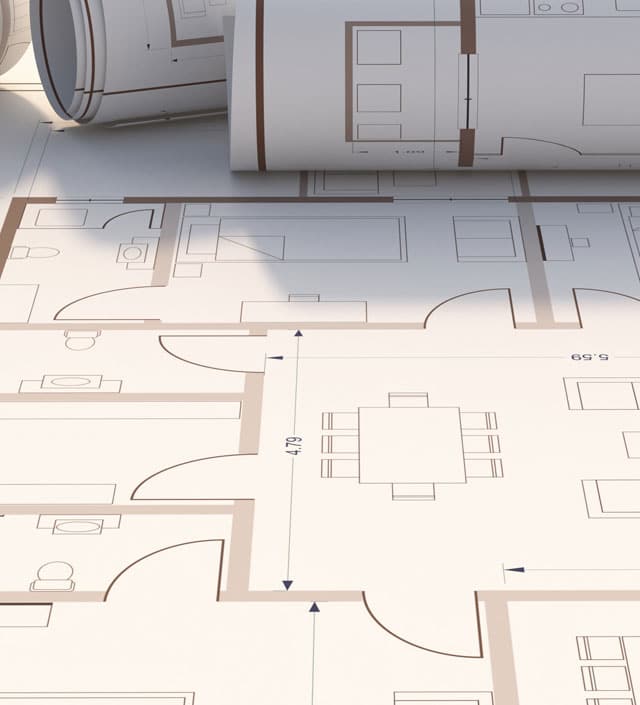Most Americans, according to research, want to age gracefully in their own homes. For many, though, illness, injury or simply the effects of aging make that difficult, if not impossible.
Stairs become harder to climb, lights seem dimmer and bathing becomes difficult, as well as dangerous. Yet, architects routinely find that older clients don’t care to admit their vulnerability. Their general attitude seems to be, “We’ll cross that bridge when we come to it, and then there’s always assisted living.”
But there are discreet aging-in-place features that are relatively low-cost and easy to incorporate into new home designs as well as remodels. The same is true for a client who may continue working and needs to adjust their office environment. You might want to refer your clients to a senior design architect who is expert in this specialized field.
Here are 12 accommodations that can be inexpensively (and discreetly) incorporated.
- Make the home or office easy to enter. Even if it’s just one step up, it’s impossible for anyone with mobility issues to enter. The front door should be accessible from a level surface outside, and the garage entry should be accessible from a ramp.
- Select doors that are at least 34 inches wide. This will provide 32 inches of clearance when the door is open, so a wheelchair can fit through.
- Make hallways 42 inches wide instead of the standard 36 inches or less. It’s important, too, that there is space to turn a wheelchair around so the person doesn’t get stuck in a room. A five-foot circle is the basic rule.
- Ease flooring transitions. The height differences where flooring surfaces, area rugs and door thresholds meet should not exceed half an inch. Flooring materials should be slip resistant when wet.
- Plan for a zero-clearance shower instead of a tub. In addition, a shower head that is on a hose, instead of stationary in the wall, is especially helpful for a person bathing on a shower chair.
- Increase lighting levels inside and out. Lighting in transitional spaces is also important. Consider adding lighting to the undersides of each stair step and under cabinets in bathrooms and kitchens. Seniors can’t see blues, greens and yellows as well, so it’s better to select colors that are easily distinguishable. Better yet, use alternating colors for steps and transitions.
- Consider assistive technologies designed specifically for folks with impaired hearing and vision.Special smoke and carbon monoxide detectors are available that produce tactile and visual alerts in case of an emergency. Some alert devices use sound, light and vibration to help with doorbells, alarm clocks and phones.
- Place ovens, microwaves and appliances between knee height and mid-chest height. Reaching high or low can be difficult for seniors. Dishwashers can be raised above the floor. Washers and dryers are easier to access if they are front-loading and on pedestals.
- Plan for a single-floor living arrangement. In multiple-floor homes, consider “stacking” walk-in closets on each floor to make it easier to convert them to elevator use later. Also, it’s a lot easier to install a chair lift on a straight-run stair, with a good landing space at the top and bottom than a switchback stair with little landing space.
- Install lever-style door and faucet handles. Twisting and grasping knobs can be hard for folks with arthritis. Motion-sensor faucets are great, too.
- Consider bottom cabinetry that can later be easily removed to accommodate a wheelchair.
- Reinforce walls near the toilet or shower. This makes it easier to mount grab bars if they’re needed in the future.
Additional Reading: 3 Options for the Dream Home Office
There’s no magic in any of these design features. Aging in place becomes a reality and not just a dream with a little forethought and planning.
Diana Melichar, president of Melichar Architects, has more than 35 years of architectural design and construction experience. She is registered as an architect and interior designer, and previously held her real estate license for 15 years. She is certified as an aging-in-place specialist by the National Association of Home Builders.







